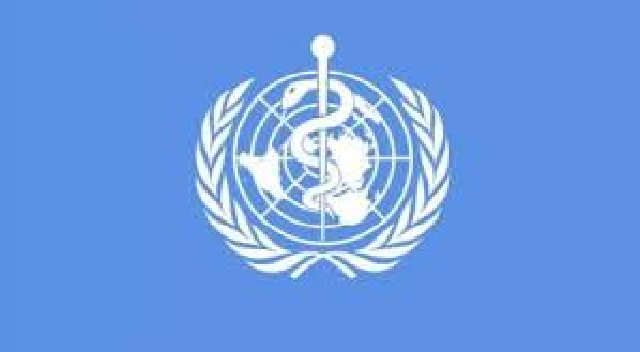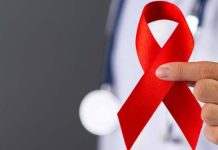According to the World Health Organization, anemia affects 269 million young children and 571 million women globally, making it a severe public health issue.
Anemia is a condition where there are either too few red blood cells or too little hemoglobin in them. The capacity of the blood to carry oxygen to the body’s tissues will be reduced if you have insufficient amounts of haemoglobin, too few or malformed red blood cells, or both. This causes symptoms like weakness, exhaustion, lightheadedness, and shortness of breath, among others. Age, sex, elevation of habitation, smoking habits, and pregnancy status all affect the ideal haemoglobin concentration needed to meet physiological needs.
Inadequate diets, poor nutrition absorption, infections, inflammation, chronic diseases, gynecological and obstetric problems, and genetic red blood cell disorders can all contribute to anemia.
Iron deficiency is the most typical nutritional cause of anemia, while deficiencies in folate, vitamins B12, and A are also significant contributors.
In Nigeria, the highest frequency of anemia was found in Zamfara State, where it was 84%, followed by Jigawa State, where it was 81%. The lowest percentages were in Lagos and Kaduna states, at 53% and 50%, respectively.
The Department of Liberal Studies at the College of Administrative and Business Studies at the Niger State Polytechnic in Bida and researchers led by Phillip Obasohan at the School of Health and Related Research at the University of Sheffield in Sheffield, United Kingdom, noted that every state in Nigeria has a severe anemia status among children aged 6-59 months according to the WHO standard classification of anemia prevalence.
In Nigeria, anemia among children aged 6-59 months is shown to be extremely severe, according to this study. The prevalence of anemia in children under the age of five continues to rise in Nigeria. This is a sign that the nation is dealing with a significant public health issue. The results might be disastrous, placing this young generation’s life in danger of poor mental and cognitive development as well as poor social, scholastic, and employment prospects as they age, according to the researchers.
They claimed that a multifaceted strategy, including research to determine how the contributing variables are distributed throughout the population and identify the at-risk demographic groups, is needed to combat anemia among children under the age of five in Nigeria.
During the International Maternal Newborn Health Conference, which took place in Cape Town, South Africa, from May 8 to May 11, 2023, WHO unveiled its first comprehensive framework for reducing anemia.
The World Health Organization (WHO) calls on nations to take swifter action to reduce the prevalence of anemia in women of reproductive age by half by 2025, emphasizing that the world is not on pace to meet the global target due to the poor rate of progress in reducing anemia.
40% of infants between the ages of six and five, 37% of expectant mothers, and 30% of women between the ages of 15 and 49 were anemic in 2019. Low- and middle-income nations have the highest rate of it.
Anemia worsens cognitive function, raises the risk of infections and death, and results in great weariness, unfavorable pregnancy outcomes, lost wages, and poor growth and development. It is a reliable predictor of general health.
According to Francesco Branca, director of the WHO’s Department of Nutrition and Food Safety, “the majority of work on addressing anaemia has been focused on the prevention and treatment of iron deficiency.”
However, anemia is a complicated condition with many underlying causes, such as various dietary deficits, infections, inflammation, gynecological and obstetric disorders, and genetic red blood cell disorders.
The new paradigm outlines strategies for addressing the primary risk factors, direct causes, and widespread societal injustices that underlie anemia. It outlines important action areas to increase the coverage and adoption of interventions and describes the essential comprehensive approach that brings together many sectors and players.
While acknowledging that the majority of the advised interventions continue to be delivered by the health sector, the framework also suggests measures that other society stakeholders might adopt.
These groups comprise governments, civic society, academia, researchers, funding organizations, international organizations, and the media. In order to lower anemia and maintain people’s health, each has a certain job to do.













